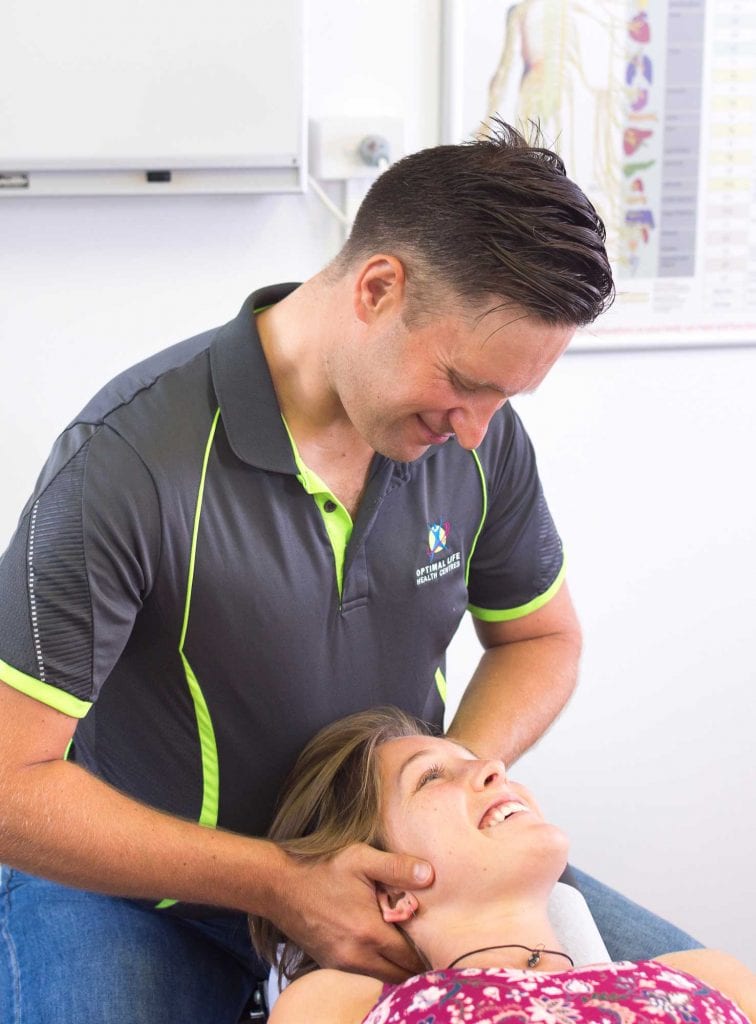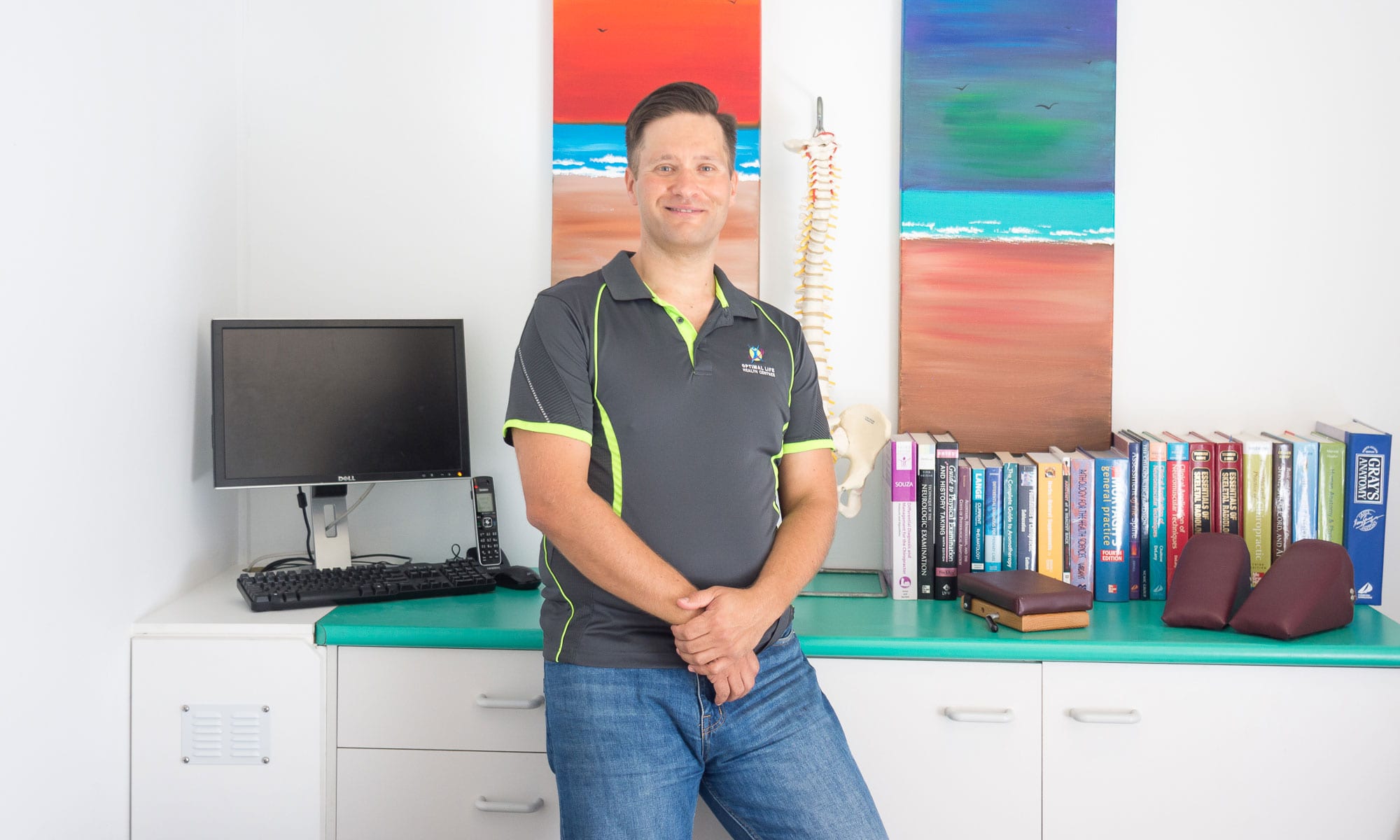The chiropractic adjustment is the skilled delivery by a Chiropractor of a specific (gentle) force in a precise direction, to a dysfunctional (subluxated) joint or it’s supporting tissues (it may be ‘stuck’ or just not moving correctly in its full range).
Simply put, a subluxation is a joint not functioning correctly; the effects of subluxations lead to flow-on dysfunctional impacts to the rest of your body.
The effect of adjustments are multi-faceted. One key effect is that they can help the brain to normalise its inward and outward information ‘loops’ which operate through your spinal cord and nerve network.
Our brain uses these nerve system information loops to control and coordinate your function.
They help your brain perceive and understand what is happening in every part of your body at every moment in time. If subluxations are present, these loops are not operating in the most efficient manner and in fact, may be leading to damage or harm.
Adjustments can improve movement (and function) at the local level of the joint itself and may also contribute to improvements in function at higher levels of the nervous system or perhaps even systemically (by altering the relationships between different unconscious, automatic (autonomic) parts of the nervous system).
To understand more about the rationale for why chiropractic can help in situations beyond purely musculoskeletal health, click here.
To appreciate more about the importance of correct spinal motion for brain and general health, click here.
Adjustments often result in very rapid improvements locally, to pain, inflammation and range of motion of joints of the spine and related supportive structures.
The 14 Foundational Premises for the Scientific and Philosophical Validation of the Chiropractic Wellness Paradigm 2003; p16
Over time a series of adjustments and other aspects of chiropractic care re-train your body to maintain better function – part of a chiropractor’s role is to help you learn ways to quit ‘re-creating’ subluxations in the future.
Adjustments can be performed in many ways – we have trained over many years at university, in clinical experience and in post-graduate study to become highly skilled in many chiropractic techniques and we select the best option for you on any given visit.
The choice of technique is dependent on your individual circumstances and preferences - an elderly person, an elite footballer and a small child will obviously require very different approaches.
We may use our hands, specialised adjusting tables or hand-held instruments. Sometimes we use specially-shaped cushioned blocks under parts of your body to help an adjustment take effect with the aid of gravity.
So-called ‘manual’ chiropractic adjustments are often accompanied by a ‘popping’ noise (caused by a gas-bubble forming in the joint-space between the bones) however this ‘sound’ is NOT the adjustment – many techniques result in adjustments that are not accompanied by such sounds!







Some adjusting techniques may involve a gentle but fast (‘high-velocity’), small (‘low amplitude’) ‘thrust.’ Other adjustments occur through a sustained process using gravity to assist or opposing tension through muscles, ligaments, fascia or other body tissues.
Adjustments are primarily delivered to improve function with spinal, hip and cranial structures, however adjustments can be indicated in any part of the body. Arms, legs, wrists and ankles can all be adjusted when indicated.
The intent of a chiropractic adjustment is very different (in most cases) to another health professional who may perform ‘spinal manipulation.’ One has a focus on impacting the nervous system, while the other is primarily focused on altering just the local biomechanics.













